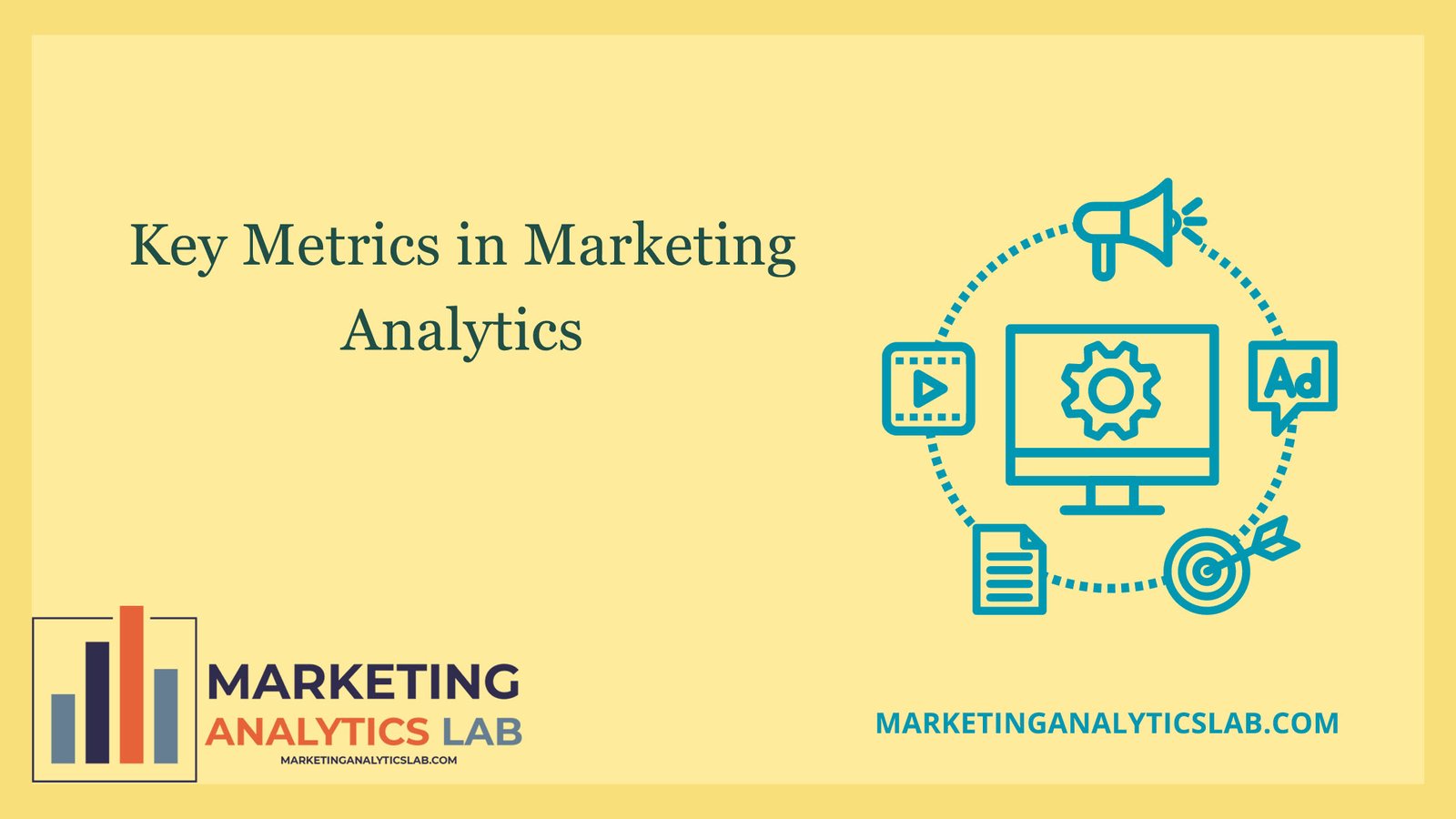Understanding Key Metrics in Marketing Analytics
In the world of marketing analytics, key metrics play a crucial role in evaluating the effectiveness of marketing campaigns and strategies. These metrics provide insights into the performance of various marketing channels, allowing marketers to make data-driven decisions to optimize their efforts. Some common key metrics in marketing analytics include conversion rate, click-through rate, customer acquisition cost, return on investment, and customer lifetime value. By tracking and analyzing these metrics, marketers can measure the success of their campaigns, identify areas for improvement, and make informed decisions to drive business growth.
Conversion rate is one of the most important key metrics in marketing analytics, as it measures the percentage of website visitors who take a desired action, such as making a purchase or signing up for a newsletter. A high conversion rate indicates that a marketing campaign is effectively driving desired outcomes, while a low conversion rate may signal that adjustments are needed to improve performance. Click-through rate, on the other hand, measures the percentage of people who click on a link or advertisement, providing insights into the effectiveness of messaging and creative elements. By monitoring these metrics, marketers can optimize their campaigns to increase engagement and drive conversions.
Customer acquisition cost and return on investment are also critical key metrics in marketing analytics, as they help businesses understand the cost-effectiveness of their marketing efforts. Customer acquisition cost calculates the average cost of acquiring a new customer, while return on investment measures the profitability of a marketing campaign relative to the resources invested. By analyzing these metrics, marketers can determine which campaigns are generating the highest returns and allocate resources accordingly. Additionally, customer lifetime value calculates the total revenue generated by a customer over their relationship with a business, helping marketers identify high-value customers and tailor their strategies to maximize profitability.
Utilizing Data to Drive Marketing Strategy
The abundance of data available in today’s digital age presents marketers with the opportunity to leverage insights from marketing analytics to inform and optimize their strategies. By collecting and analyzing data from various sources, such as website analytics, social media platforms, and customer relationship management systems, marketers can gain a comprehensive understanding of their target audience and market trends. This data-driven approach enables marketers to make informed decisions, identify opportunities for growth, and tailor their messaging to resonate with consumers.
Utilizing data to drive marketing strategy involves more than just tracking key metrics; it also requires interpreting and applying insights to optimize campaigns and maximize ROI. For example, by analyzing customer behavior and engagement metrics, marketers can segment their audience and personalize messaging to improve relevance and drive conversions. Data can also be used to test and iterate on marketing strategies, allowing marketers to identify what works best for their target audience and refine their approach over time. Ultimately, by harnessing the power of data-driven marketing analytics, businesses can enhance their competitive advantage, improve customer relationships, and drive sustainable growth.

